Suspension

Tall lift kits used to mean a rough ride. Times have changed—the suspension aftermarket has figured out how to accommodate huge meats without inflicting permanent kidney damage on the driver and passengers. Computer-modeling and other engineering advancements prioritize ride quality into the suspension design. Spring packs with more, thinner leafs is an example of how tall-truck suspension philosophy has evolved.
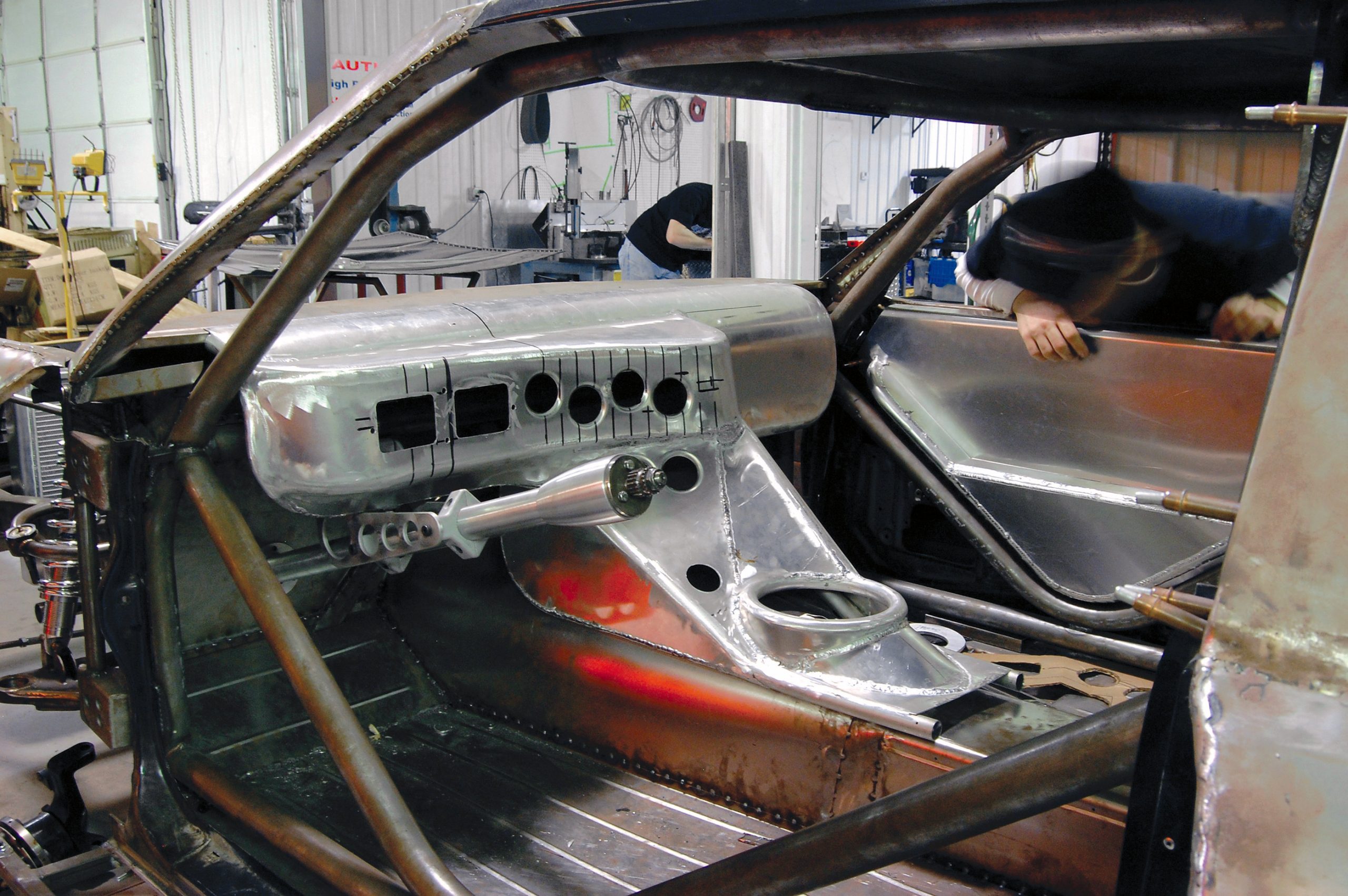
If you’ve ever built a car from scratch, then you know that getting the basic body and chassis together is not the tough part. What’s tough are all the details that eat up hours, days and weeks, but without this attention to detail, the project would suffer.
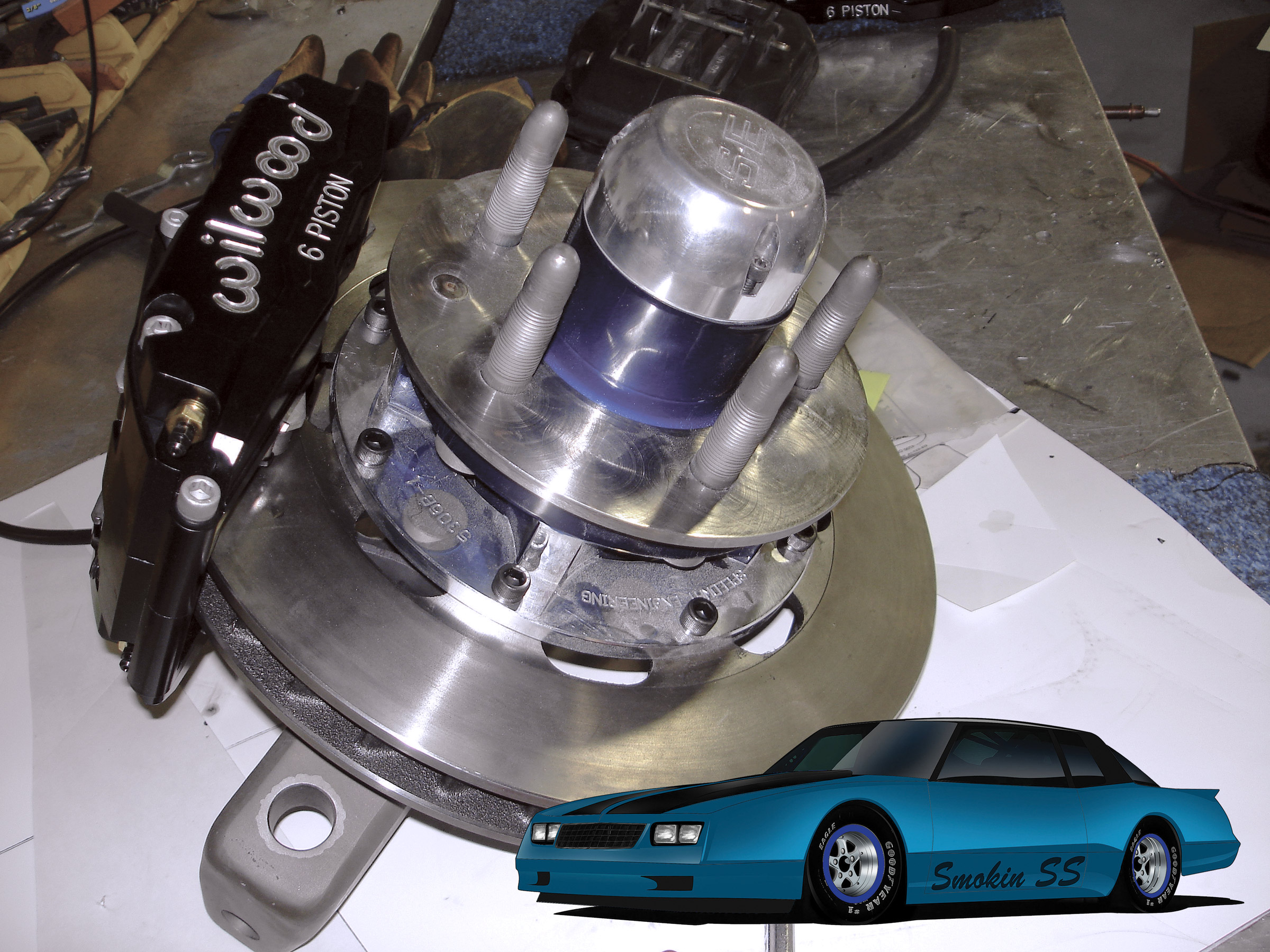
As progress continues on the Smokin’ SS Monte Carlo, we see more and more function, as well as innovative details throughout the car, ensuring that this will not be your average street machine. Functional details such as a true cowl induction were not overlooked, but more than that, every part of this car has a function, and that reveals Davis’ racing background.
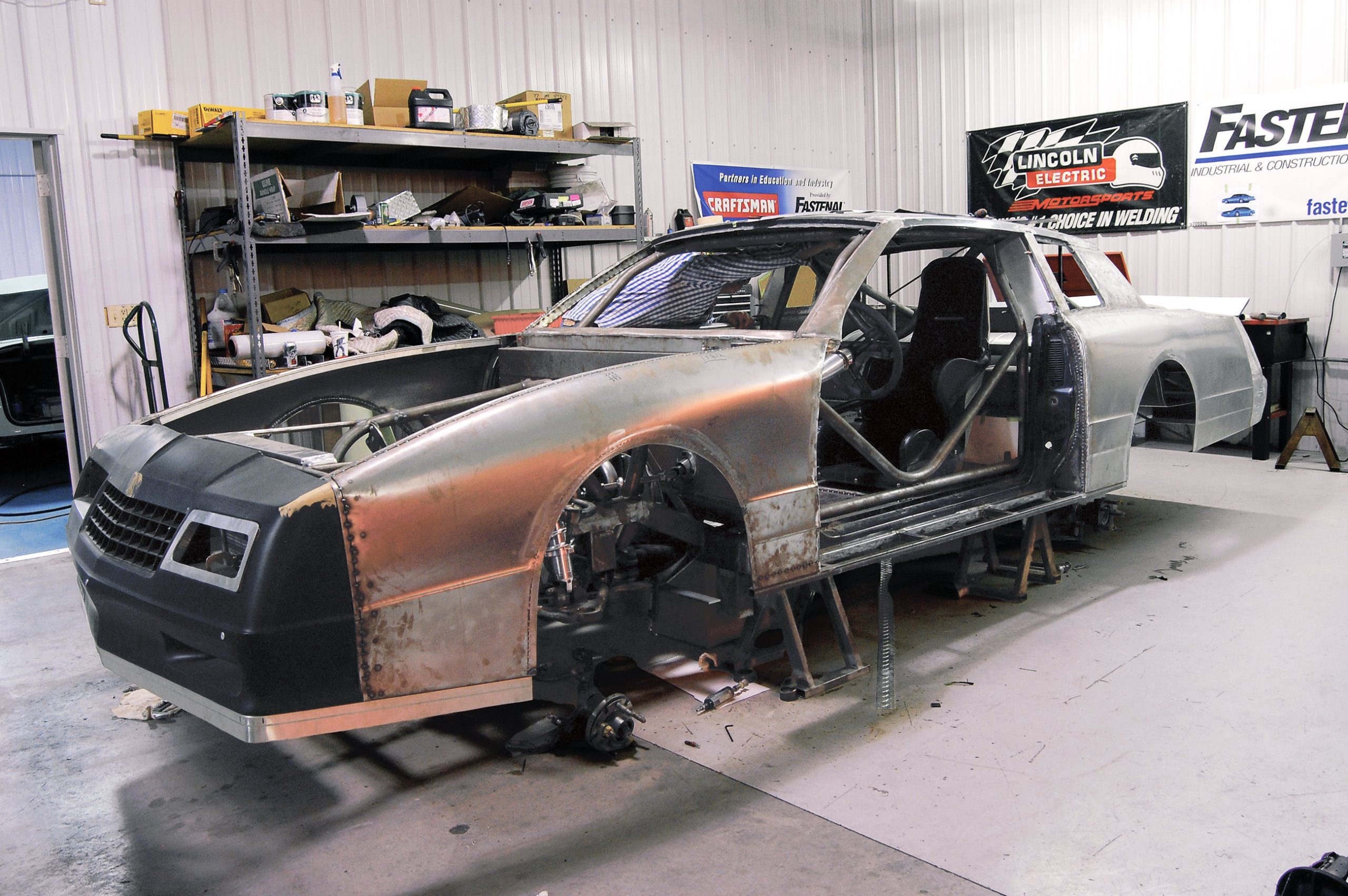
The Smokin’ SS chassis is about performance. So, rather than tweak on 20-year-old technology, we chose to design a versatile chassis with a multitude of combinations that will allow us to tune the Smokin’ SS for any challenge.
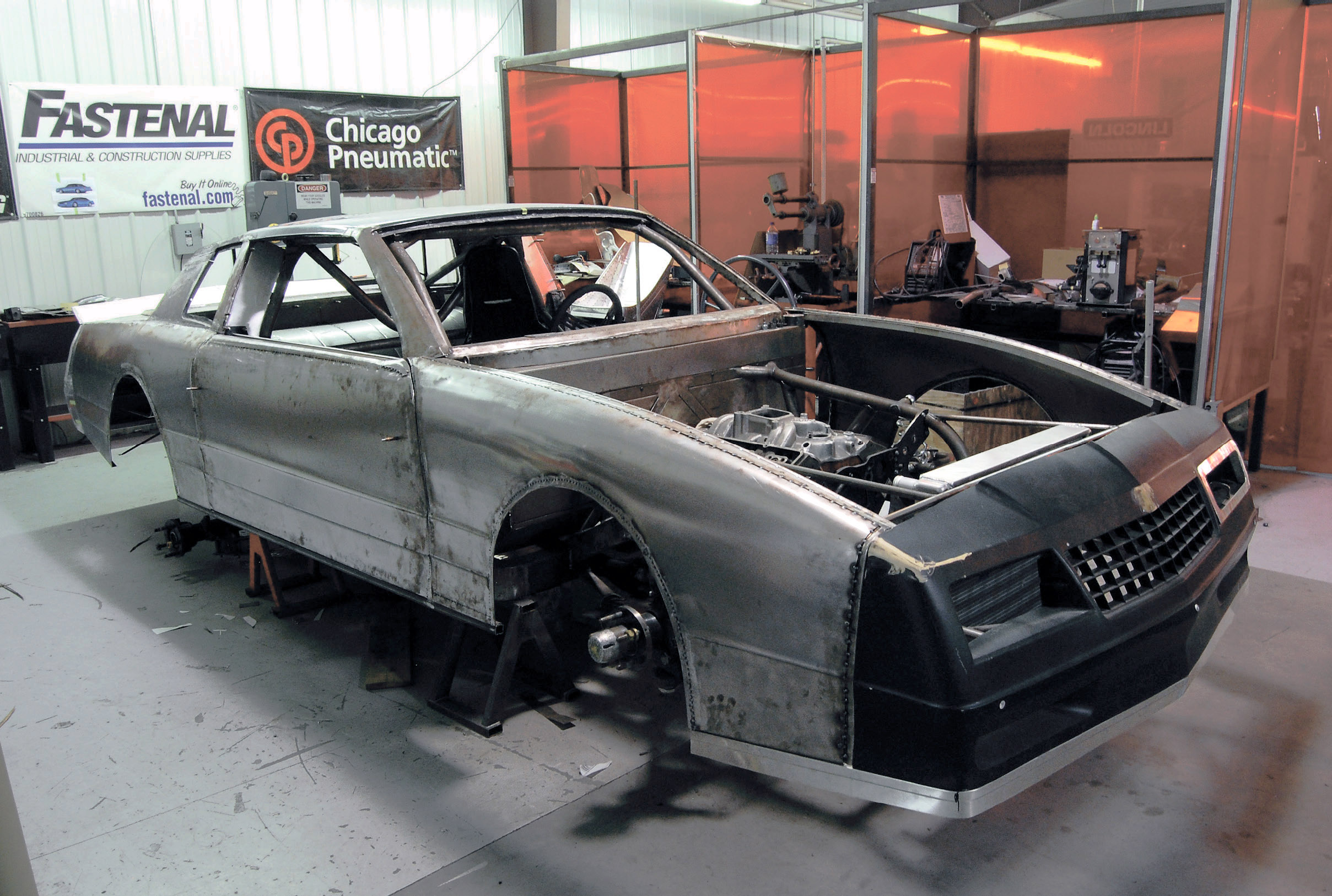
If you’ve ever built a car from scratch, then you know that getting the basic body and chassis together is not the tough part. What’s tough are all the details that eat up hours, days and weeks, but without this attention to detail, the project would suffer.
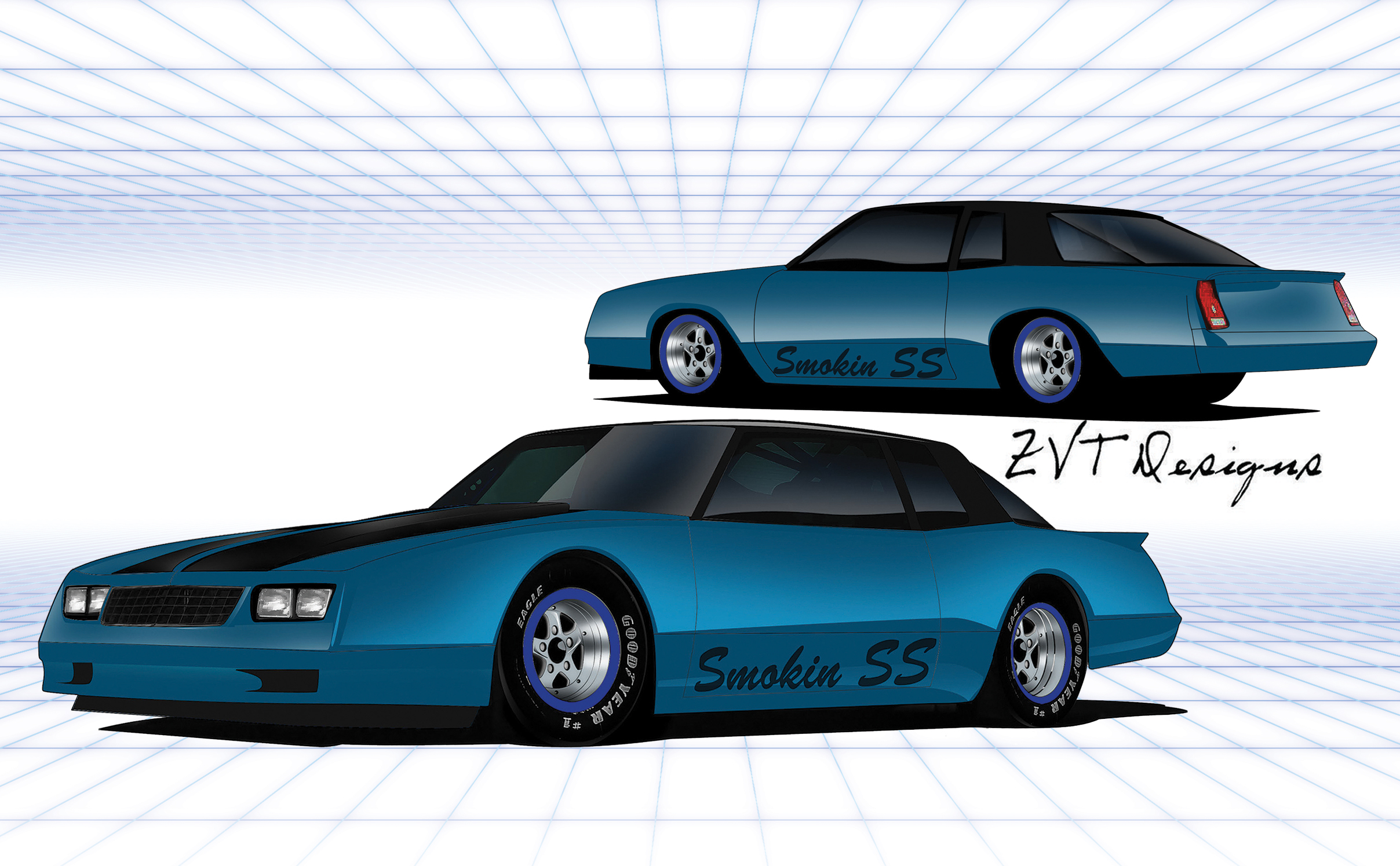
If you’ve ever built a car from scratch, then you know that getting the basic body and chassis together is not the tough part. What’s tough are all the details that eat up hours, days and weeks, but without this attention to detail, the project would suffer.
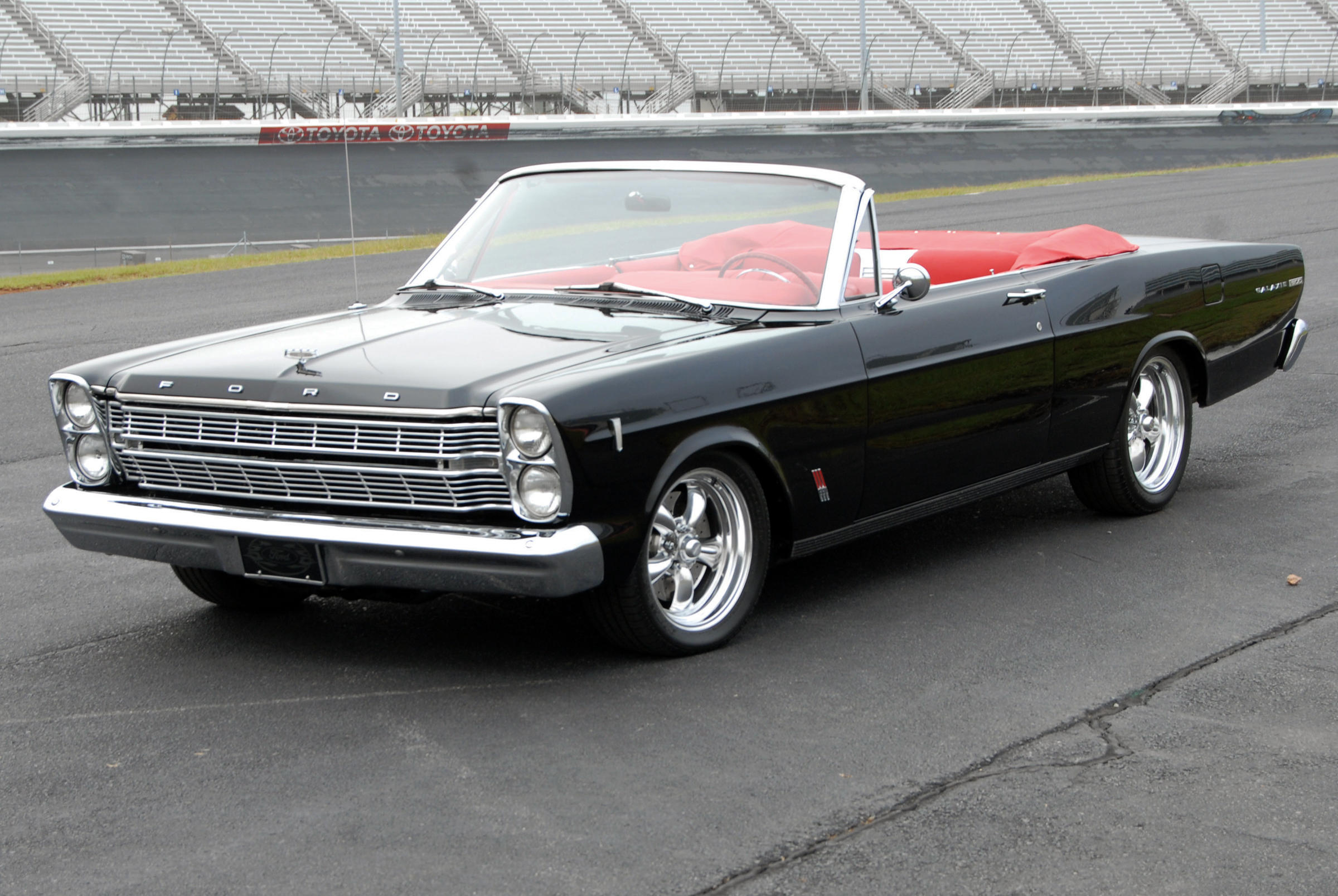
Although there is no set list or solid criteria we look for when choosing a feature car, we typically know the instant we’ve found one. Sometimes it’s a flawless paint job and subtle body mods that draw us in; other times, it’s a fully built motor loping angrily. Other times, though, we come across a car that is just plain cool—not the fastest, or even highly modified, but the kind of car you just look at and say, “Wow, check out that…” So it was at Goodguys Charlotte this year: sitting proudly in the mist and drizzle was Doug Wayne’s ’66 Galaxie convertible. At Auto Builder, we have a soft spot for large vehicles, and, realistically, Ford is not known for making many great small cars. Even small Fords are big, and if you don’t believe us, stick an early Falcon next to a Scion. But few companies do big as well as Ford, and even from a distance, we knew this Galaxie was as cool as it is long.
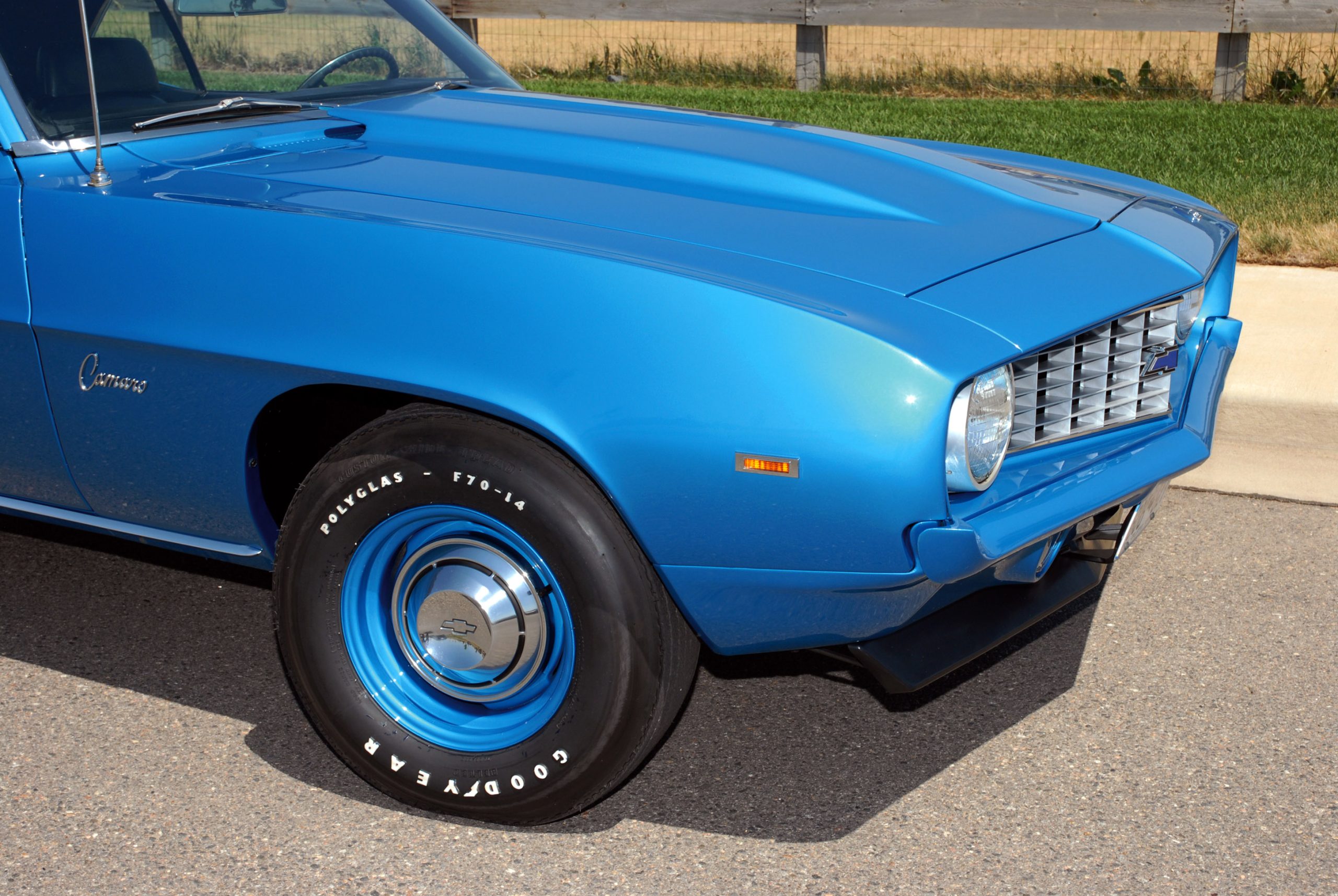
These tips are performance-oriented in nature because no matter how good-looking a matching-numbers Chevy might be, getting there and back is vital, as is prepping the car properly and inexpensively with little trouble. While six-figure projects and high-tech billet products flood the market, finding a good deal at the local salvage yard or a worthwhile part left over from a project can be just as exciting and much easier on the wallet.
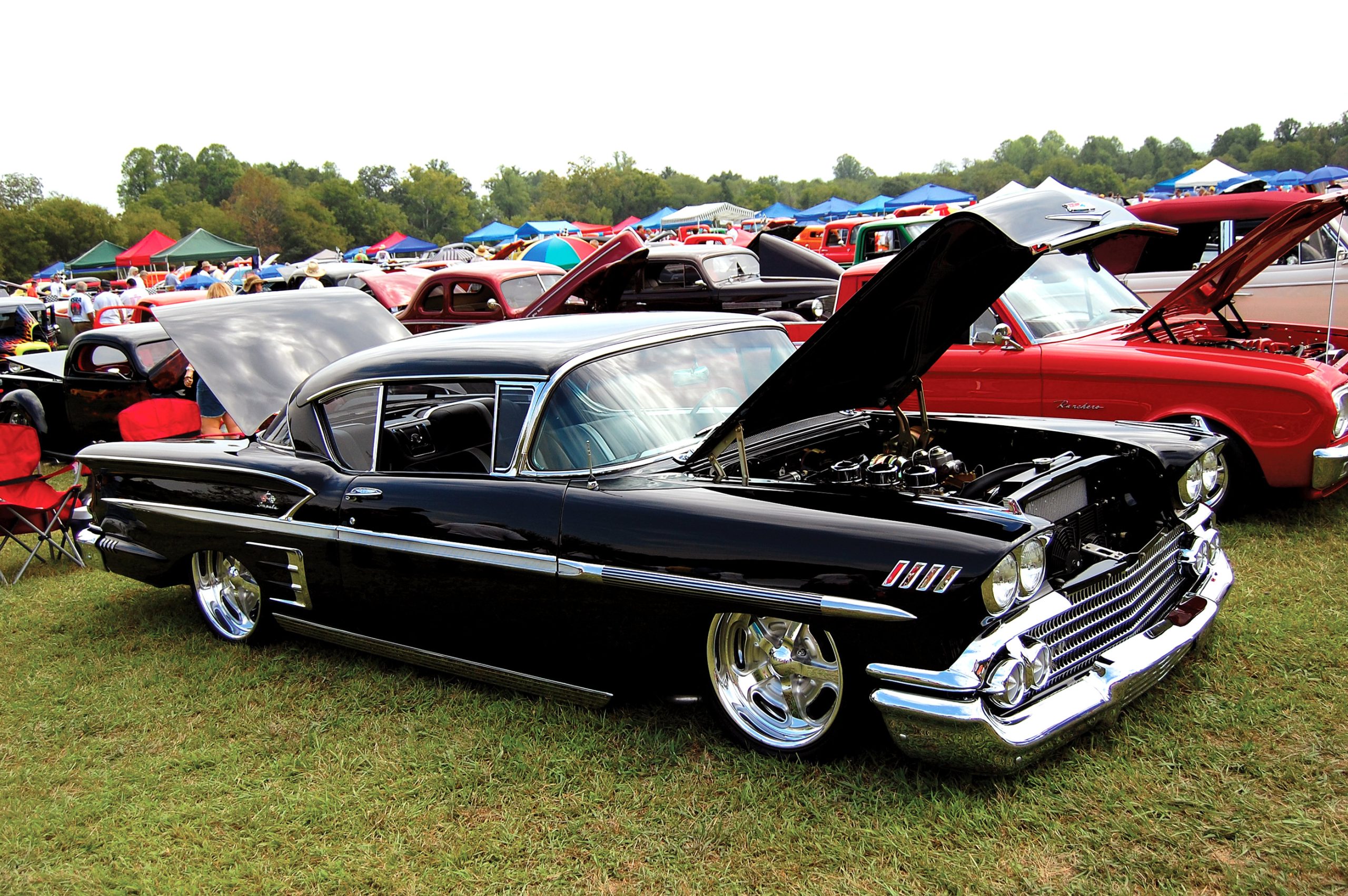
This was a time when car manufacturers improved on their cars with much better suspension systems, larger and more efficient V-8 engines, and all the stylish creature comforts new-car customers expected. Chevrolet evolved, too, using more modern technology and a performance parts supply that enabled Chevy enthusiasts to build upon the factory offerings. Chevrolet changed what was once a basic industry, and even though those were simpler times with no computers, cell phones or electronics to speak of, the suspensions were new—but still a long way from what is available now. However, tri-5 Chevys were fast and provided a blast without all those fancy gadgets found in luxury cars at the time—just give them a two-tone Chevy equipped with a V-8 and whitewall tires, and it was all good.
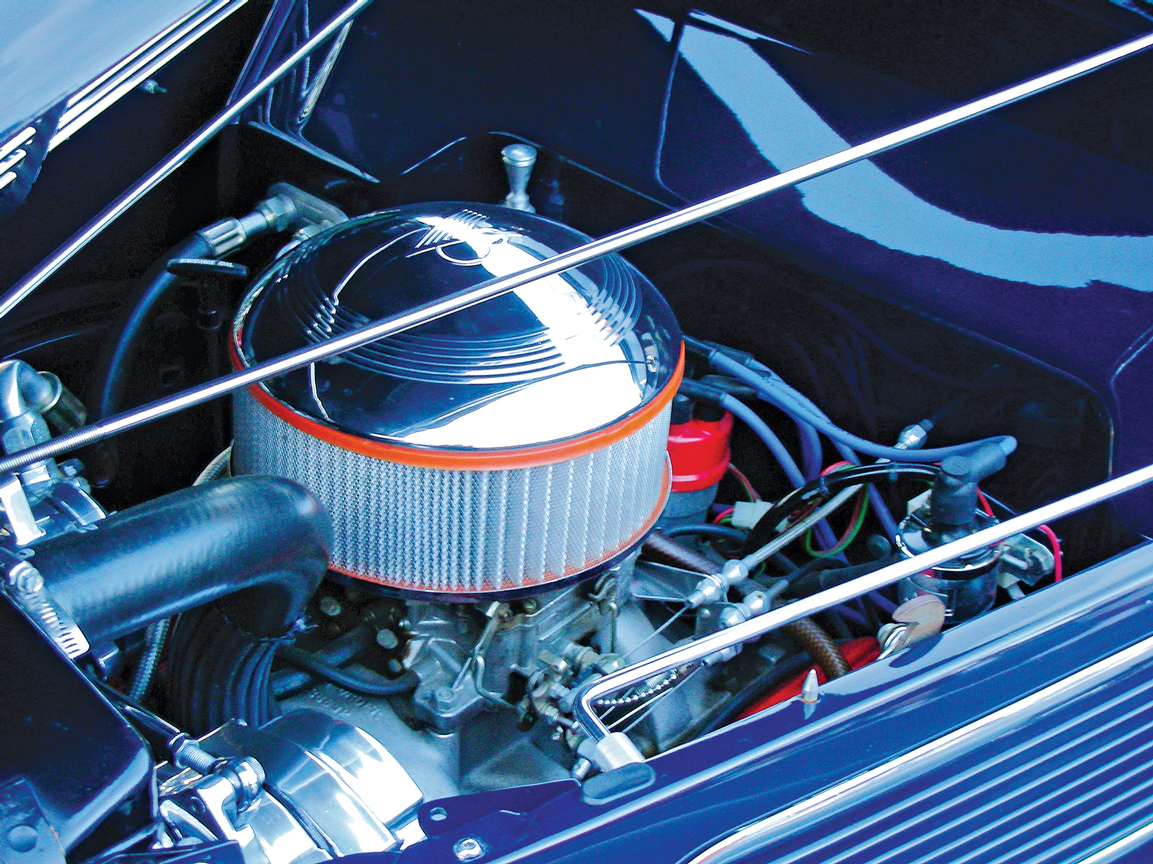
Call ’em tech tips, building tips, details or whatever you like, but this is the stuff we see at events and shows while shooting features or doing shop tours, not to mention things we’ve discovered while working in our own shops. It’s like when you’re foot-cruising an event with the boys and pointing things out to each other, or when you have a stroke of genius while working on your own project.








